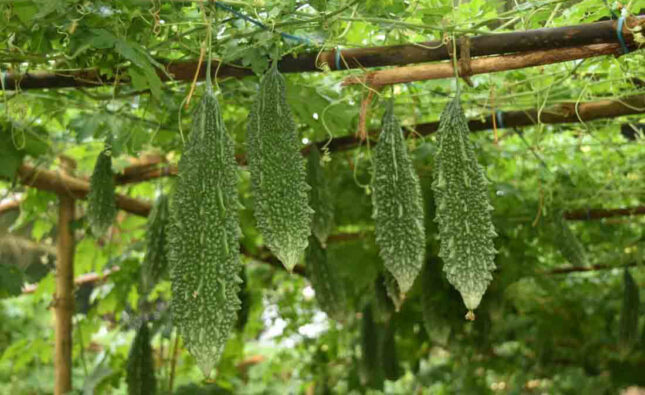Business Strategies of Goat Farming in India
Goat farming in India is a profitable agricultural business due to the high demand for goat meat (mutton) and other goat products like milk, skin, and fibre. To effectively manage a goat farm and implement successful strategies, consider the following aspects:
1. Breeds Selection:
Choose suitable goat breeds based on the purpose of farming, such as meat production, milk production, or dual-purpose breeds. Popular breeds in India include Jamunapari, Beetal, Osmanabadi, Sirohi, and Boer.
2. Housing and Infrastructure:
Construct a well-ventilated and hygienic housing system for goats. The infrastructure should provide protection from extreme weather conditions, proper drainage, and sufficient space per animal. Divide the housing into separate sections for different age groups or purposes.
3. Feeding and Nutrition:
Provide a balanced diet to goats based on their age, purpose, and breed. The diet should include roughage (grasses, leaves, crop residues) and concentrates (grains, oilcake, mineral mixtures). Ensure access to clean water at all times.
4. Health Care:
Regularly vaccinate goats against common diseases and conduct periodic health check-ups. Keep a veterinary professional or animal health expert on call for emergencies. Maintain proper hygiene and cleanliness on the farm premises.
5. Breeding and Reproduction:
Implement selective breeding practices to improve the quality of the herd. Maintain a proper record of breeding dates, mating, and kidding to manage the reproduction cycle effectively. Consider artificial insemination for improved genetics.
6. Marketing and Sales:
Identify potential buyers and establish networks with local markets, wholesalers, and exporters. Advertise and promote your goat products through various channels such as local newspapers, social media, and word-of-mouth. Participate in livestock fairs and exhibitions to showcase your animals.
7. Financial Management:
Maintain accurate records of expenses, income, and investments related to the goat farm. Monitor the cost of production, including feed, healthcare, labour, and infrastructure maintenance. Regularly evaluate profitability and make necessary adjustments to optimize returns.
8. Training and Knowledge:
Continuously upgrade your knowledge and skills related to goat farming by attending training programs, workshops, and seminars. Stay updated with the latest advancements, government schemes, and market trends in the industry.
9. Collaboration and Networking:
Join local or regional goat farming associations or cooperatives to connect with fellow farmers, share experiences, and gain collective bargaining power. Collaboration can help in bulk purchasing, marketing, and knowledge sharing.
10. Government Schemes and Subsidies:
Explore and avail yourself of government schemes, subsidies, and loans available for goat farming. Stay informed about the policies and regulations related to goat farming in your state or region.
Remember, successful goat farming requires patience, dedication, and continuous learning. It’s important to adapt your strategies based on market trends, customer demands, and changing agricultural practices.






